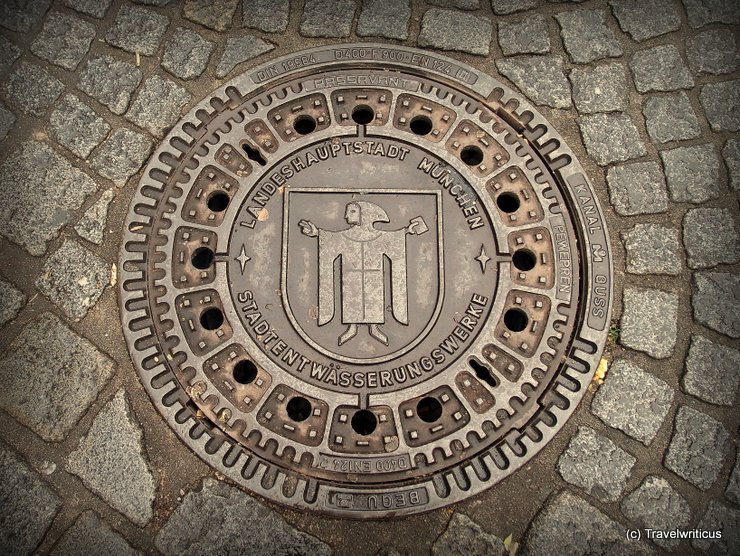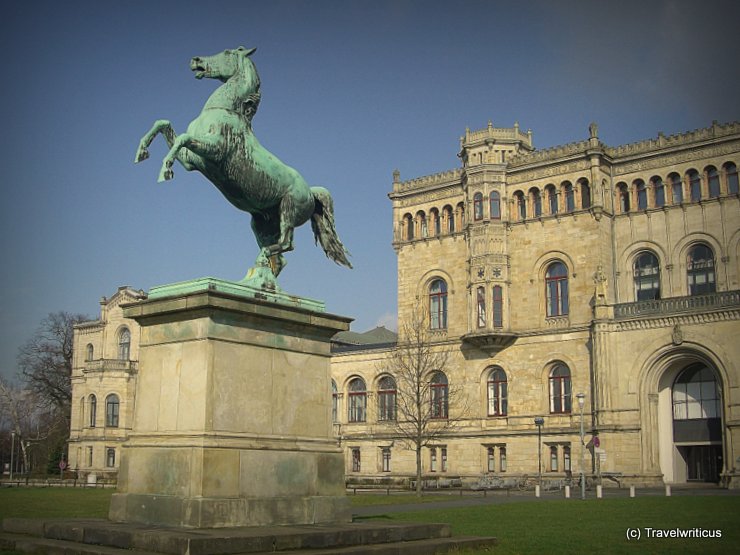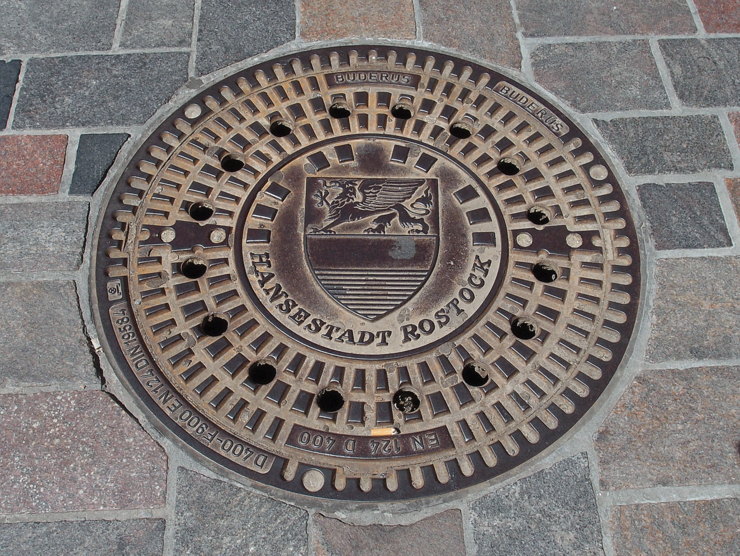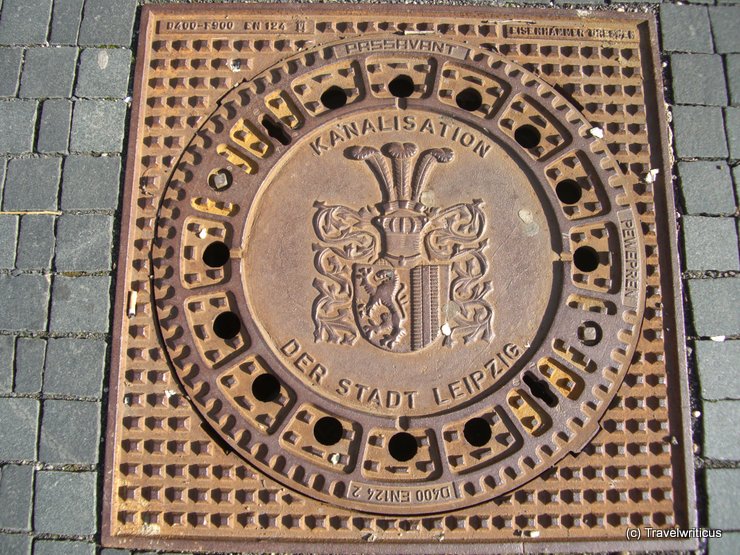
On the manhole covers in Füssen, you see the local city arms showing three legs. This is a fine example of canting arms. The German word for feet is “Füsse”. But why sounds this Bavarian town name like a body part?
You only see what you know (Goethe)

On the manhole covers in Füssen, you see the local city arms showing three legs. This is a fine example of canting arms. The German word for feet is “Füsse”. But why sounds this Bavarian town name like a body part?

This mural at the old town hall tower displays a compilation of seals and coats of arms related to Munich. The dates tell when each emblem was in use. In most cases, you see a monk. The year 1818 shows a lion instead. [German]

The manhole covers in Erfurt show the local city arms. The wheel in this coat of arms originates from the Wheel of Mainz (Mainzer Rad). In this way, the symbol refers to the period when Erfurt formed a part of the Electorate of Mainz. [German]

The manhole covers in Munich display the “Münchner Kindl”. It is a character you also see in the city arms. Though in the Bavarian dialect, Münchner Kindl literally means Munich child, the original meaning of the figure was a monk or friar.

The Commandantenhus was built as the administrative seat of the Swedish garrison commander in the years 1748-1751. Together with other historical buildings, it adorns the Alte Markt (Old Market Square) of Stralsund. A striking allusion to its former function is the large coat of arms in its gable field. [German]

While walking through the streets of the Austrian city of Retz I came across this impressive emblem. I found it on a former industrial hall. It displayed the Imperial Eagle of the Austro-Hungarian Empire.

The Saxon Steed (Sachsenross) has travelled a lot. You find it in many coats of arms and illustrations from different regions. While walking through Hanover, I finally saw a sculpture of this historic symbol. [German]

The manhole covers in Rostock display the city arms. The coat of arms dating back to 1367 depicts a golden gryphon of a blue field (representing the former princes of Rostock). Bars of silver and red represent the colours of the Hanseatic League. As a member of the Hanseatic League, the city is named Hansestadt Rostock. [German]

The manhole covers in Kühlungsborn show the city arms. The coat of arms displays three silver seagulls in a blue field. The title Ostseebad refers to the fact that Kühlungsborn is a seaside resort on the Baltic Sea (Ostsee).

The manhole covers in Graz show the city arms. It is a Panther with flames from all body openings. The depiction is similar to the Styrian coat of arms. However, the modern Styrian Panther has horns and only one flame from his mouth. [German]

The manhole covers in Leipzig display the local city arms. The lion represents the Margraviate of Meissen (Markgrafschaft Meissen). The Landsberg Pales (Landsberger Pfähle) represent the Margraviate of Landsberg (Markgrafschaft Landsberg). [German]

The manhole covers in Coburg show the city’s arms. They display the head of Saint Maurice, the patron of Coburg. This depiction of him is known as Coburger Mohr (Coburg Moor). According to legend, Saint Maurice died as leader of the Theban Legion, a martyr’s death in the 3rd century. [German]